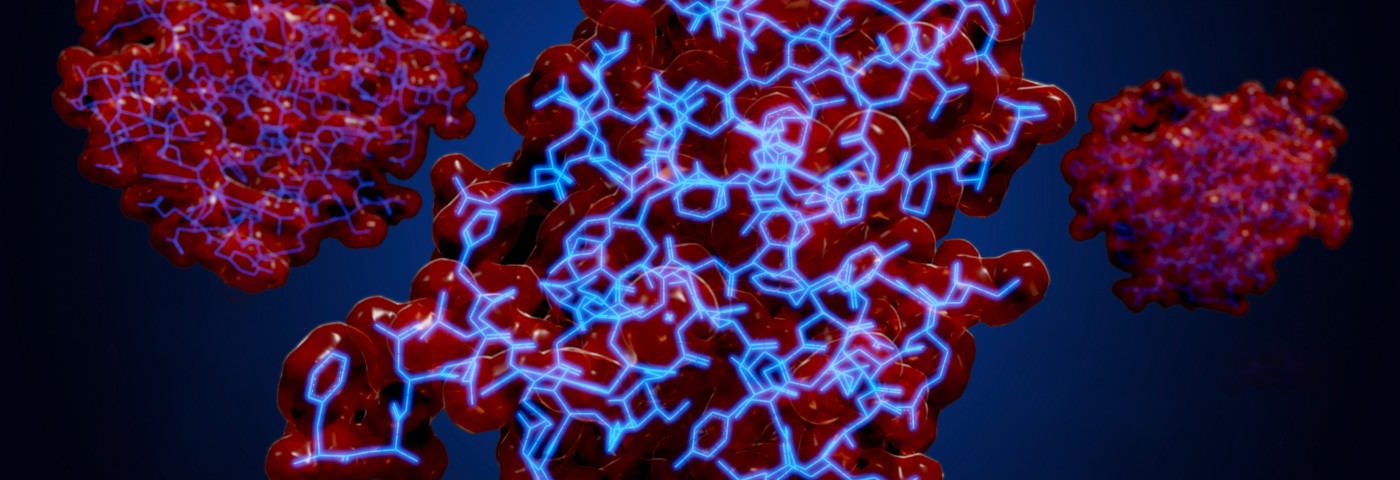A British study recently revealed that class I histone deacetylases (HDACs) behave in an unexpected way when paired with a co-blocking molecule. The new insights into the control of these gene-regulating enzymes, published in the journal Nature Communications, allows the development of new, specific HDAC enzyme blockers, used in the treatment of lymphoma.
The research team at the University of Leicester in the United Kingdom has long focused on studying the structure and function of large protein constructions, called co-repressor complexes, involved in the regulation of gene expression.
HDACs are enzymes that belong to these complexes and so are involved in “epigenetic” gene regulation. This kind of control mechanism employs the addition or removal of chemical moieties to genes, allowing or blocking gene transcription by controlling how DNA is packaged within cells.
HDACs, of which there are three different types, have also been explored as drug targets for a variety of diseases such as neurological and immunological diseases, in addition to lymphoma and other cancers. Until now, there have been various obstacles to using these drugs. First, blockers of class I HDACs are not very specific, and several different complexes, with various biological functions, share a common catalytic HDAC structure, making the design of specific drugs problematic.
“Previously our team had discovered that the activity of the enzymes in co-repressor complexes is regulated by a small molecule called inositol phosphate,” John Schwabe, senior author of the study, said in a press release. “We wished to further understand the mechanism of enzyme activation by inositol phosphates and how the substrate is recognized.”
To study these processes in more detail, the study, “Insights into the activation mechanism of class I HDAC complexes by inositol phosphates,” the team synthesized a number of compounds that mimicked the way inositol phosphate binds to the complex.
Using this approach and studying the structure of the complex allowed them to conclude how the molecule activates the HDAC enzyme. Moreover, the team managed to reveal the structure of one of the new compounds. This blocker was designed using inositol phosphate in complex with HDAC as a blueprint – allowing the improvement of drug treatments specific for individual HDAC enzyme complexes.
“This work provides fundamental basic insights into the HDAC enzymes and may provide the basis for the development of drugs that are more specific and efficient. Ultimately, a greater understanding of how these enzymes work and how substrate interacts may lead to the development of better drugs,” said Schwabe, a professor at the University of Leicester’s Department of Molecular and Cell Biology.
“We are very proud of this publication, which has been a collaboration between various groups both within the University of Leicester and from outside. It has been a fabulous journey using these chemical tools to fully unravel the mechanism as to how inositol phosphates regulate HDAC activity,” Schwabe added.


